 Authentic Saffron Guide
Authentic Saffron Guide
Saffron, a precious and high-value spice, often becomes the target of counterfeiters. To avoid being deceived, it’s crucial to have sufficient knowledge about this product. This authentic saffron guide will help you identify genuine saffron, prevent fraud, and ensure you make an informed purchase. After all, understanding saffron’s unique characteristics is the first step toward recognizing its authenticity.
How to Identify Authentic Saffron
When purchasing saffron, it’s important to recognize its distinct features. For instance, authentic saffron strands have specific physical traits, which are discussed below. By using the tips in this guide, you can ensure that you’re buying genuine saffron.
Physical Characteristics of Authentic Saffron
Authentic saffron has several recognizable features. Thus, learning these details can save you from buying fake or low-quality saffron. Here’s a summary:
| Feature | Description |
|---|---|
| Shape | Look for trumpet-shaped strands with three distinct branches. |
| Color | Bright red to orange hues are signs of authentic saffron. |
| Aroma | The fragrance should be unique and mild, not overpowering or artificial. |
| Taste | Genuine saffron tastes bitter due to picrocrocin. |
| Texture | Dry, brittle strands that powder easily indicate high-quality saffron. |
Test Using Paper
A practical way to confirm saffron’s authenticity is the paper test. Simply rub a few strands between two sheets of paper. If the strands break without leaving an oily residue, the saffron is genuine. However, fake saffron often leaves a greasy stain because of added oils.
Test Using Cold Water
Another effective technique is the water test. When dropped in cold water, authentic saffron releases its color gradually, taking 15–20 minutes to create a golden hue. On the contrary, fake saffron colors the water almost instantly, indicating artificial additives.
What is Authentic Saffron?
Unlike authentic saffron, synthetic alternatives like saffron essence are chemically created and lack the unique properties of genuine saffron. These products often contain harmful chemicals, which can cause severe health risks, including liver and kidney damage. Additionally, saffron essence doesn’t have the distinct fragrance of real saffron, making it an inferior substitute. For this reason, it’s critical to avoid such products.
Conclusion
In conclusion, this authentic saffron guide highlights the essential steps to ensure you purchase genuine saffron. By using the methods outlined above, such as the paper and water tests, you can protect yourself from counterfeit products. Ultimately, investing in your knowledge about saffron is the key to making a confident purchase.
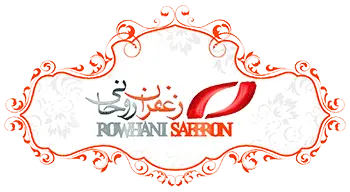
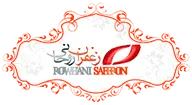
![Exporting Saffron to Turkey + Price Guide [Complete 0 to 100]](https://www.rowhanisaffron.com/wp-content/uploads/f1-372-500x383.jpg)
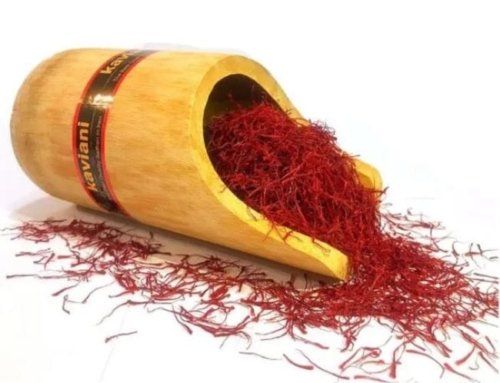

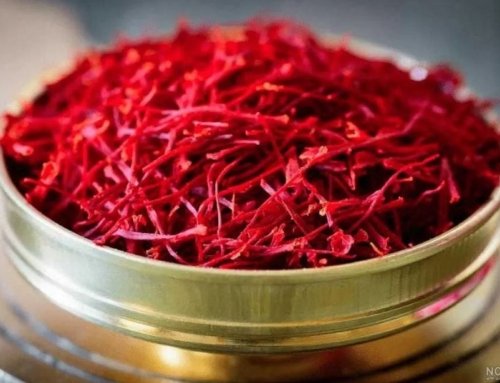
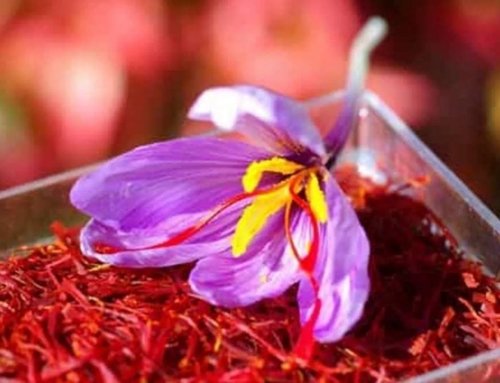
Get Social